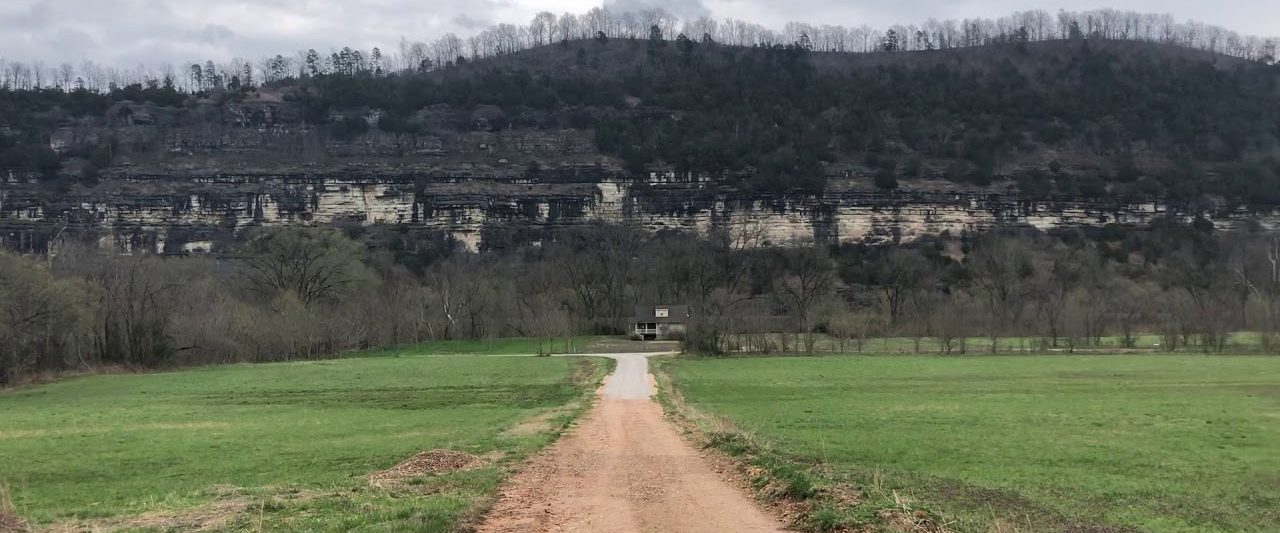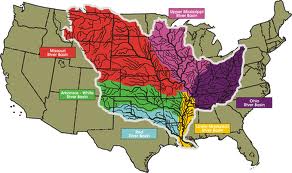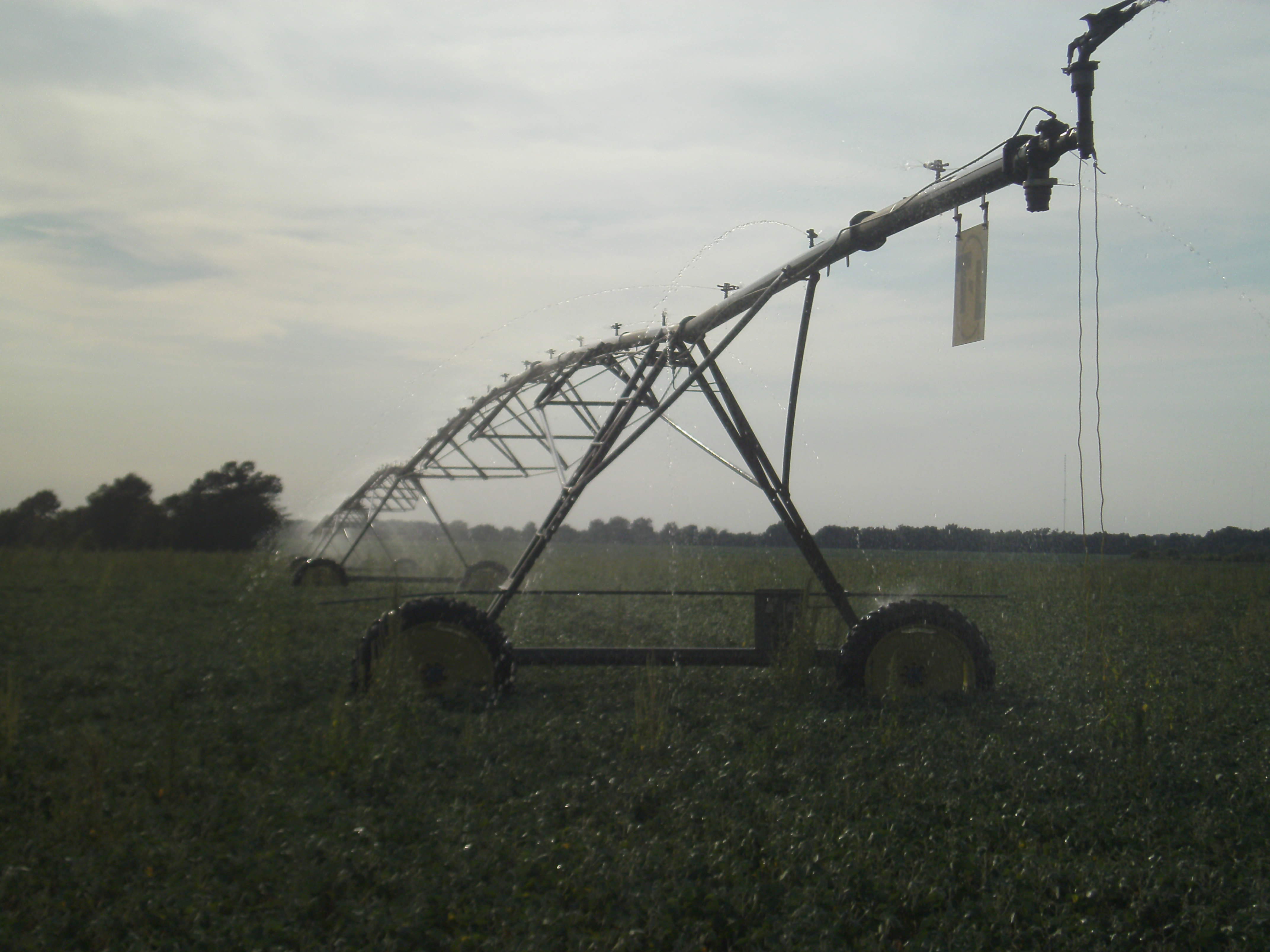Some 40 percent of the U.S. is now in the midst of one of the worst droughts in history. The Mid-West has received virtually no rain in five months. We see the newspaper accounts and the stories on the national news … and for now, we may give it no more than a passing glance with sorrowful thoughts for how it affects the American farmer … and we may think no more of it.
Most of us never think of the trickle-down effect of an event like this.
But we will feel the pinch, and of that you can be well assured.
You’ll know it in November when your cheeseburger becomes a luxury.
***
This is likely the first sight you see when you walk into your local grocery store. The average cost of a trip to the grocery store costs somewhere around 50 bucks. Get ready for that to change.
These packages of ground chuck are now priced at about $2.99 per pound. This is the foundation of your cheeseburger. If you want to save some serious money, buy a freezer and stock up now. The $2.99 is soon to be a thing of the past.
This is a gas/diesel pump just around the corner from my house. Farmers use thousands of gallons of diesel each week. The current price of diesel is nearly $4 per gallon and it’s on the rise as well.
This is an image of the Mississippi River Valley watershed. The colored areas (all currently in drought) are the finest farmland in the world. This is also the primary route from which you receive most of your food. Grain and other goods are shipped to barges along the Mississippi River via the Missouri, Ohio, Arkansas and White rivers.
This is a barge on the Mississippi River. Grain goes from the farmer’s field via barge, and ultimately makes its way to your dinner table in the form of cereal, bread, etc.
This is an image of what the Mississippi River looks like today. At record low levels, barges can’t even make their way down the river and farmers have no way to ship their grain to market. That’s bad for everyone.
This is a rice well in Craighead County, Arkansas. Without the benefit of irrigation, American farmers are at the mercy of Mother Nature. It takes perfectly specific conditions for land to be irrigated. It must be precision leveled, and there must be an ample water supply. There are few places in the world where both conditions are available. Farmers in the Mid-West raise their crops on rolling hills, and it’s impossible to level the land, and thus, irrigation is not possible. So, when it doesn’t rain for five months, all is lost. Also note, that it takes about 100 gallons of diesel per day to run this well. That’s a cost of $400 per day for the farmer just to keep his crop alive.
This is another method of irrigation called a center pivot. When you travel by plane and see “circles” on the land it’s a result of irrigation that comes from a center pivot. Again, it takes considerable fuel and perfectly level land for this method of irrigation.
This corn crop in Jackson County, Arkansas is ready for harvest. It’s a bumper crop because it was irrigated. The price of corn has skyrocketed because most of the nation’s crop is burned to a crisp. The farmer of this land is fortunate.
I recently took a business trip and drove through the state of Illinois. This ear of corn is typical throughout the midwest. It’s barely enough to harvest. You may think a shortage of corn has little effect on you. Yes, it does. Corn is in everything. Read the labels on the things you buy. This thing called high fructose corn syrup is in everything from salad dressing to ketchup to cereal. It’s also terrible for your health. This farmer is not so lucky.
This is what a bumper rice crop looks like with proper irrigation.
This crop of soybeans in Independence County, Arkansas is on non-irrigated land. These beans should be waist-high. I doubt the farmer of this land will even harvest this crop. Soybeans go into a lot of things you never know about. Oil, makeup, even a processed hamburger.
This is how your cheeseburger begins – from a cow. Today, because of the drought, there’s not enough grain, pasture land and hay to feed them. Livestock farmers are selling everything they have and the beef market is about to be flooded. For the next two months the supply will be abundant and prices will remain steady, but after that, demand will continue and supply will be scarce. Don’t be surprised if the price of beef doubles. And it’s all because of the drought.
This is what pasture land looks like in Arkansas today. It should be lush and green and cattle should be grazing everywhere. But because of the drought, it’s just dead dirt.
This is your cheeseburger. Soon, it may be a delicacy.
Please enjoy the posts on my secondary blog at: www.latitudeone.wordpress.com
-30-















